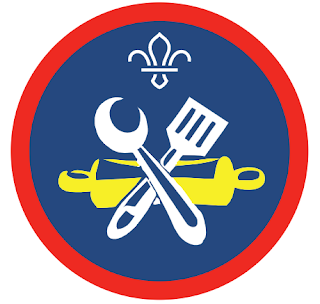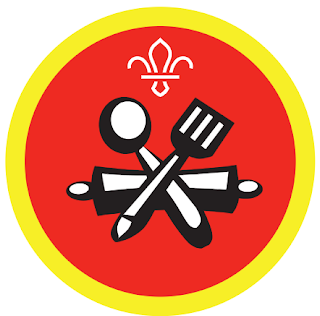Beavers: Experiment Activity Badge

From the cells in our bodies to the energy fuelling our homes and the stars in the night sky, we use science to find out more about the mind-boggling universe we call home. Pop on your safety goggles and get experimenting. To earn your badge, do all three of the science activities below. For each one, take photographs and write explanations to email your leader showing what you did and what you found out. Safety Science Supervise young people, and only do science activities that are advised and age appropriate for your section. Test activities first, to make sure you’re confident you can lead them safely. Use protective clothing where necessary. Scissors Supervise young people appropriately when they’re using scissors. Store all sharp objects securely, out of the reach of young people Rubbish and recycling All items should be clean and suitable for this activity. PPE Before completing this activity make sure you have suitable personal protective eq...



